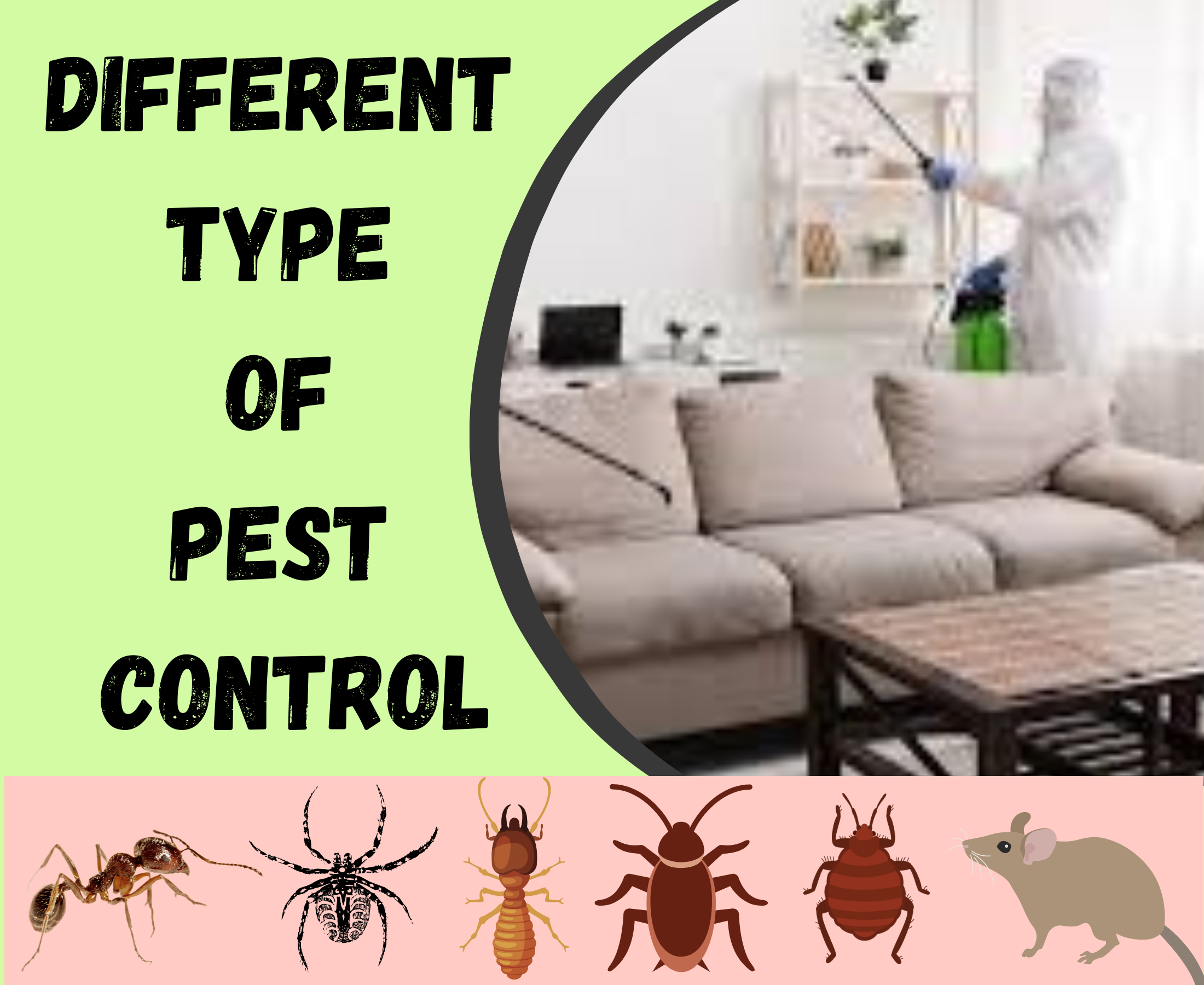The Greatest Guide To Pest Control
Table of ContentsRumored Buzz on Pest ControlAll About Pest ControlPest Control Fundamentals ExplainedFacts About Pest Control Uncovered3 Easy Facts About Pest Control Explained
Limitations of Chemical Monitoring Be able to evaluate pest issues, determine if monitoring is necessary, and make proper suggestions utilizing IPM techniques. Be familiar with different approaches of insect management - their benefits and constraints.This chapter talks about (IPM), a strategy that makes use of understanding about parasites and their, methods, nonchemical techniques, and pesticides to take care of bug issues. Additional details about IPM for details plants is consisted of in chapters that concentrate on those plants. Nonchemical parasite control steps are emphasized in chapter 17, "Organic Gardening." Managing birds and mammals is covered in chapter 20, "Wild animals." Managing in the lawn and yard is covered in chapter 6, "Weeds." Bugs in a yard or landscape may include pests and mites, weeds,, animals, and birds.
Insects and weeds, however, play a function in the. After planting a garden or developing a lawn, the natural process of plant sequence starts to improve and nonnative plants.
What we call "insects" are part of a natural system at work. Just human beings take into consideration specific types bugs when they happen where they are not wanted.
What Does Pest Control Do?
Pests at risk to a pesticide were quickly killed, leaving resistant ones to reproduce and multiply. It came to be clear that chemicals alone would not address all insect issues. Rather, overuse of pesticides created the growth of immune parasites. Scientists started to develop a brand-new method to pest control. This brand-new approach was referred to as integrated parasite administration (IPM).
An IPM plan enables some degree of pests in the atmosphere. Parasites are much less most likely to endure a program that uses several methods of lowering their populaces. Integrated insect administration was initial suggested by entomologists because bugs were the very first team of parasites to show hard to manage with chemicals alone.
bug and host accurately. and take into consideration economic or aesthetic injury. A limit is the factor at which action ought to be taken. a therapy strategy using mechanical, cultural, biological, or chemical controls, or a combination of these techniques. success of therapies. IPM has actually extended beyond insects to administration of all pest investigate this site populaces: weeds, illness microorganisms, and creatures.
The Of Pest Control
Monitoring rather than obliteration of insects is the objective. additional reading An IPM strategy begins with a mindful examination of each pest invasion.
Clover growing in a yard might be watched as an undesirable weed, however as a vegetable it is synthesizing nitrogen for the soil and the blossoms are offering nectar to honey and other. Resistance for some weeds may become part of an IPM strategy. may be consuming the leaves of a plant, but when they are identified as the larvae of Eastern tiger swallowtail butterflies, their damage might be tolerated so we can appreciate the stunning butterfly.

The 2nd essential device in bug administration is early treatment. Existing and observant in the yard makes certain early detection. Reacting to problems rapidly, before they have time to increase, calls for a less significant intervention. The 3rd crucial device is recordkeeping; tracking what takes place in the garden makes it possible for a gardener to identify patterns and make informed choices.
Pest Control for Beginners
Several safe, useful, nonchemical methods of plant protection and bug monitoring might reduce or eliminate the need to spray. Other techniques are most valuable when made use of with pesticides. To execute management methods properly and to reduce losses, gardeners ought to be conscious of the kinds of insects that attack plants and comprehend pest biology.

Performing a dirt test and applying just the recommended quantity of plant food and lime makes best use of the advantage to the plant while lessening problems associated with too much use fertilizer - Pest Control. Treatment the soil with a number of inches of compost protects the plant in a number of means: decreasing dirt water loss to dissipation, minimizing weed competition, supplying nutrients, and developing an appropriate setting for earthworms and bacteria that keep the dirt loose for origins and damage down organic product to launch nutrients
If mulch touches the trunk, it can develop a means for voles, microorganisms, and fungis to strike the plant. Do not use manure or compost that has not completely disintegrated as a top dressing since it can urge unwanted parasites. Study recommends that farming is destructive to dirt framework.
Some Known Factual Statements About Pest Control
If tilling is regarded required, take into consideration doing it in the loss when the life cycles of lots of insects brings them near the surface area. At the surface, parasites end up being revealed to the weather condition as well as birds and other all-natural enemies.